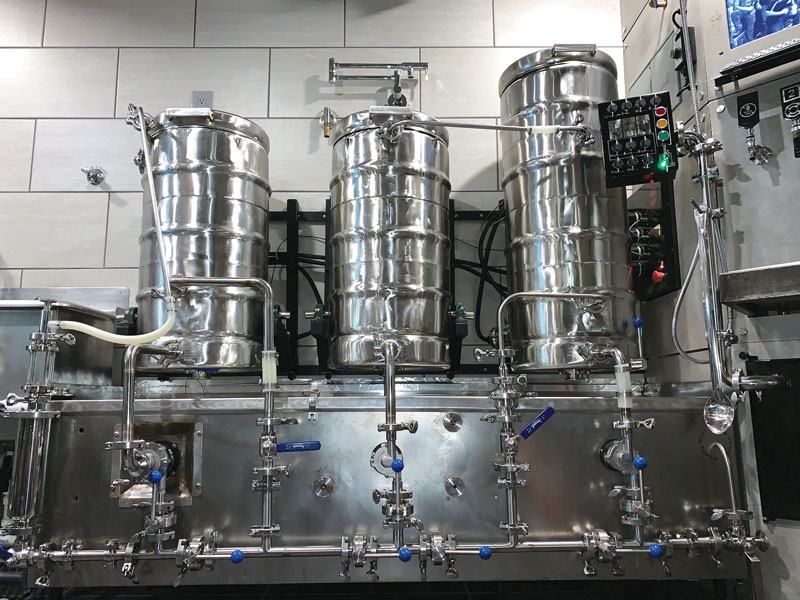Writer: BYO Staff
Mash tempereratures
There is more to mash temperature than finished beer flavor. Mash temperature has an effect on wort viscosity and ease of lautering, it affects the gelatinization of starch (“melting” of the bonds
Hot Side Aeration Debate
Before I jump head first into this colorful debate about hot-side aeration (HSA), I would like to explain where some of the comments in BYO mail and in some of the BYO
Substituting honey for sugar
Cane sugar is well known to give beer a cidery or winey flavor. If you want to get rid of this flavor, using honey in place of sugar is one of several
What is “whirlpooling” your beer
Whirlpooling is a common method used in commercial breweries to separate hop pellets and trub from wort after the wort boil. Essentially the wort is pumped into the whirlpool vessel at rapid
Hop Utilization
This question brings up three key points: water pH and its affect on brewing methods used to adjust pH and adjusting bitterness. The first point regarding water pH pops up every so
Temporary hardness vs. permanent hardness in brewing water
The most basic difference between hard and soft water is that hard water reacts with soap to form solid soap scum, and soft water does not form soap scum. The formation of
The Salty Truth About Softeners
Potassium chloride is commonly sold as an alternative to sodium chloride. Those companies that market potassium chloride make the point that it doesn’t do all the terrible things to the body that
Stepping Up Your Starter
The Benefactor of Brewing steps up starters.
Why does my beer taste like Anbesol?
Mmm, Anbesol beer! Two of the keys to problem solving in brewing are having a good palate and having the ability to describe what you are detecting with your senses. Anbesol is
Is removing hops and trub from your fermenter necessary?
If you don’t mind the “junk” floating in your beer and you don’t reuse your yeast, then hop and trub removal are probably not necessary. For that matter, you probably don’t have
Wort Volume
This question really has more to do with sparging than it does with the volume of wort to boil. An all-grain brew begins with the mashing process. During mashing, starch is converted
Brewing Maibock: Tips from the Pros
Maibock is potent, but it’s also fragile. It’s a big beer, yet it’s a lager, which makes it vulnerable to temperature spikes

